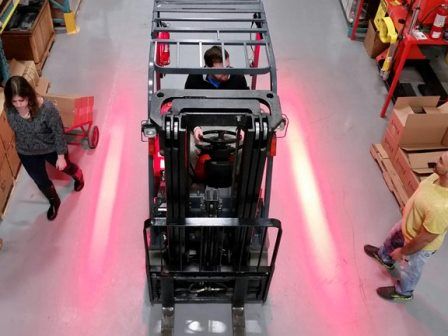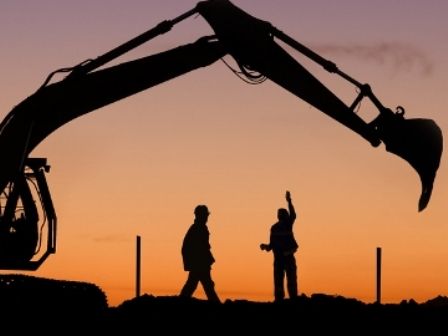“Entry” means the action by which a person passes through an opening into a permit-required confined space. The entry includes subsequent work activities in that space and is considered to have occurred as soon as any part of the entrant’s body breaks the plane of an opening in the space.
“Entry permit” means the written or printed document provided by the employer to allow and control entry to a permit space.

Confined space procedure
There’s no way to avoid it. Complying with the Occupational Safety and Health Administration (OSHA) confined space standard is a demanding task. From record-keeping requirements, training, permits, and a written program, the standard requires a lot of effort on the part of the security professional.
But that’s no excuse for overlooking the dangers.
Sometimes oversights happen because workers don’t know the rules. Other times are when they choose shortcuts. In any event, a control services team has determined that serious accidents can often be attributed to one or more key function failures, and offer the following tips for confined space safety.
Enclosed space entry procedure
The purpose of these procedures is to ensure that entry into any confined space is planned and documented as required in order to identify and control hazards.
They cover the entry method selection, planning, and documentation of entry into confined spaces of both classifications: non-permit-required confined space (NPRCS) and permit-required confined space (PRCS).
They apply to workers (as entrants and attendants), confined space entry supervisors, confined space owners, area and building managers, line management, field construction and service managers, and the confined space program manager.
- Obtain a copy of the entry permit and hazard assessment and review the hazards associated with the space
- Ensure that the appropriate PPE, Rescue Retrieval Equipment and Communications. Equipment is available and in good working condition
- Lockout or Tagout any hazardous energy that the entrant could be exposed to
- Conduct continuous air monitoring utilizing a multi-gas air monitor
- The space must be labeled with a confined space “DANGER” sign
- Review the confined space “DANGER” sign and make sure the information corresponds with the information on the hazard assessment
- Notify the Operations Center and wait for authorization to begin the entry.
Rescue plan for confined space
When working in confined spaces, an important question for safety professionals to consider is what to do if someone is injured, incapacitated, or trapped in a space and must be rescued.
The steps below will help guide safety professionals through preparing for and executing a confined space rescue in a timely manner.
One of the best ways to prepare is to practice. There are many theories about best practices for confined space rescue, and rescue drills allow professionals to put those theories to the test.
Rescue drills give personnel the experience of working in different scenarios to become familiar with situations they might encounter in confined spaces.
There are time-sensitive and non-time-sensitive rescues. Urgent or “emergency” rescues typically involve oxygen-deficient atmospheres where there is a small window of time, usually six minutes, to extricate someone.
An example of a non-time-sensitive rescue would be a situation where someone falls and breaks an ankle while entering a confined space.
In these types of circumstances, there are sufficient O2 levels and therefore the rescue is not as time sensitive and can be performed without the use of supplemental oxygen.
Understanding both types of rescue helps security professionals develop strategies to implement and execute an appropriate response. (PDF)

Forklift Safety Procedures
Forklifts are extremely useful workplace vehicles, as long as they are used safely and appropriately by operators who are appropriately trained and competent to use them.

Standard Operating Procedure for Driving a Forklift
Safe Forklift Operation according to OSHA

Heavy Equipment Safety Topics
Any person who operates, leases, rents, or borrowed heavy equipment must take many hours of safety training for each type of equipment before they operate the equipment.
